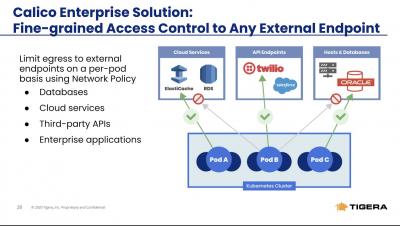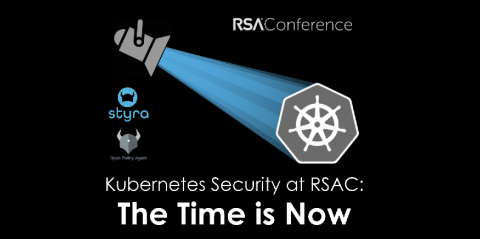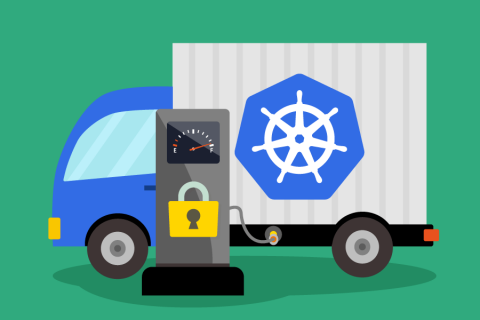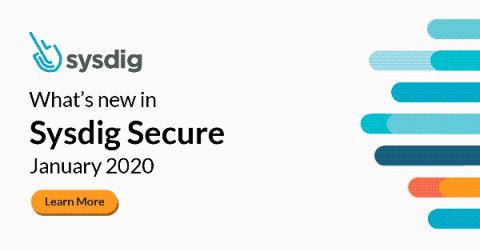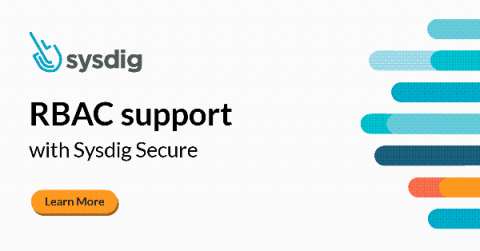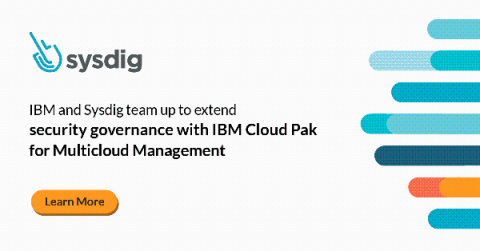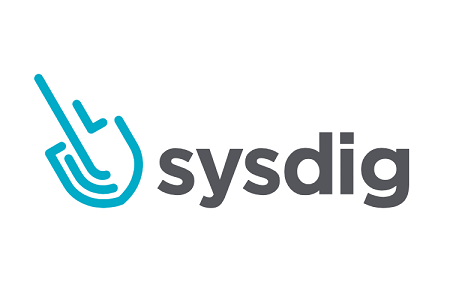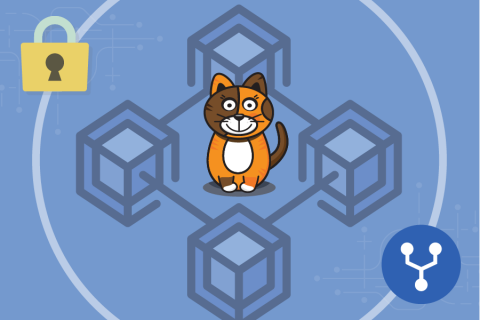KubeDR Going Strong - Enhanced with New Features
It has been slightly more than a month since Catalogic released KubeDR. Since then, we have been busy adding features and making improvements to the project inspired by all the feedback we’ve received from the community. We are very excited to share all the changes that went into KubeDR since its release on January 15. In the first release, we only supported a disaster recovery scenario restore by using a separate Python utility.



